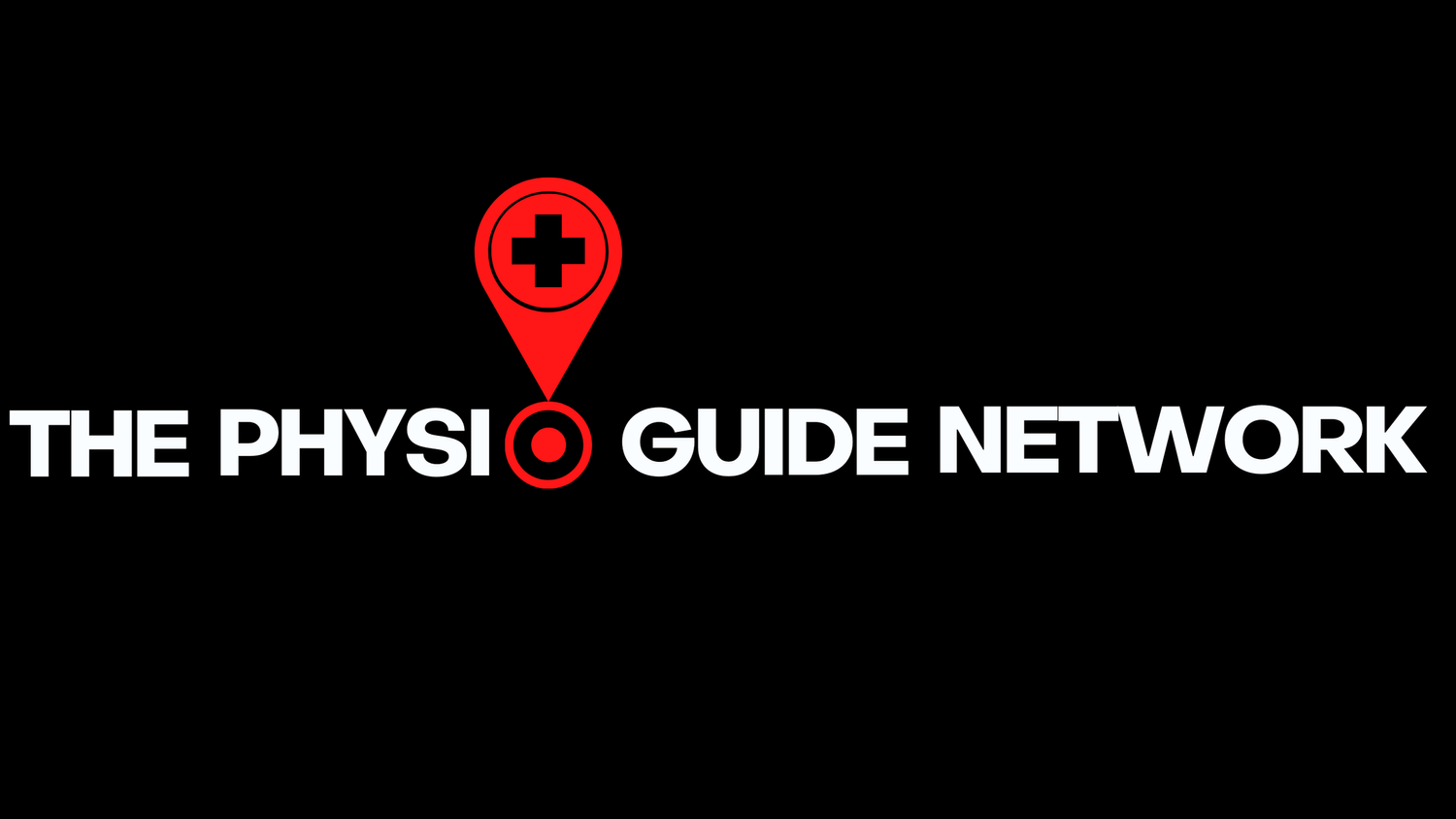Harnessing Neuroplasticity: How the Brain Heals and Adapts
By Ernesto Mendez, PT, DPT, OCS, FAAOMPT, Osteopractor
Founder, The Physio Guide Network
At The Physio Guide Network, we believe recovery is never out of reach. Modern neuroscience has shown that the brain is not a fixed organ—it has an incredible ability to rewire, adapt, and strengthen itself through a process called neuroplasticity.
One of the most influential papers on this subject—by Kleim & Jones (2008)—identified 10 key principles of experience-dependent neuroplasticity. These principles explain how the brain changes and what patients, caregivers, and clinicians can do to support recovery after brain injury, stroke, or other neurological conditions.
Let’s break them down in clear, simple terms.
The 10 Principles of Neuroplasticity
Use It or Lose It
If a skill or movement is not practiced, the brain pathways that support it weaken over time. Staying active helps preserve function.Use It and Improve It
The more you practice a specific skill, the stronger those brain connections become. Practice leads to progress.Specificity
The type of training matters. Practicing walking improves walking, not just general strength or exercise.Repetition Matters
Change in the brain requires many repetitions. Consistency is key to long-term recovery.Intensity Matters
Challenging, meaningful practice results in greater improvements than light or casual activity.Time Matters
Different stages of recovery offer different opportunities for progress. Early, ongoing intervention is powerful.Salience Matters
The brain learns best when the task is important, engaging, and personally meaningful. Motivation drives results.Age Matters
Younger brains adapt more quickly, but people of all ages can benefit from targeted therapy and lifestyle changes.Transference
Practicing one skill can improve related skills. For example, balance training may also enhance walking stability.Interference
Bad habits or compensations can interfere with recovery. Practicing the right way is just as important as practicing often.
How Lifestyle Boosts Brain Recovery
Exercise
Physical activity increases blood flow to the brain, reduces inflammation, and releases growth factors like BDNF (Brain-Derived Neurotrophic Factor), which supports learning and repair. Regular aerobic and strength training exercises supercharge neuroplasticity.
Healthy Eating
The brain thrives on fuel. Diets rich in omega-3 fatty acids, lean proteins, fruits, and vegetables enhance cellular repair, fight oxidative stress, and promote long-term brain health.
Staying Active
Cognitive challenges, social engagement, and meaningful activities all help keep the brain sharp and agile. Movement combined with mental stimulation is the perfect duo for building resilience.
Why Physical Therapy is Essential
Physical therapy involves more than just exercise; it promotes coordination, proprioception, and memory recovery. PT should be strategic, intentional, and specific, with a focus on repetition to enhance brain rewiring. Therapists use the principles of neuroplasticity by:
Designing repetitive, specific, and challenging tasks
Making therapy sessions meaningful and patient-centered
Preventing harmful movement patterns that interfere with recovery
Promoting long-term engagement with exercise and healthy activity
Physical therapy is the bridge between science and real-life recovery. It turns theory into action.
Reference:
Kleim JA, Jones TA. Principles of experience-dependent neural plasticity: implications for rehabilitation after brain damage. J Speech Lang Hear Res. 2008 Feb;51(1):S225-39. doi: 10.1044/1092-4388(2008/018). PMID: 18230848.
Final Thoughts
Recovery after brain injury isn’t about regaining what was lost—it’s about teaching the brain to rewire itself. The 10 principles of neuroplasticity show us that change is possible with the right mix of practice, intensity, lifestyle, and therapy.
At The Physio Guide Network, we are here to support patients, caregivers, and clinicians with the latest knowledge and tools to make recovery possible.
👉 Stay connected with us for trusted insights into rehabilitation, brain health, and physical therapy. Together, we can unlock the full potential of the human brain.
I want you to know that all donations are accepted with gratitude:
Your support fuels our mission of providing essential education on fitness, health and physical therapy. Join us in making a lasting impact by donating today. Together, we can educate, empower, and transform stronger communities. Thank you for being a vital part of our journey.

